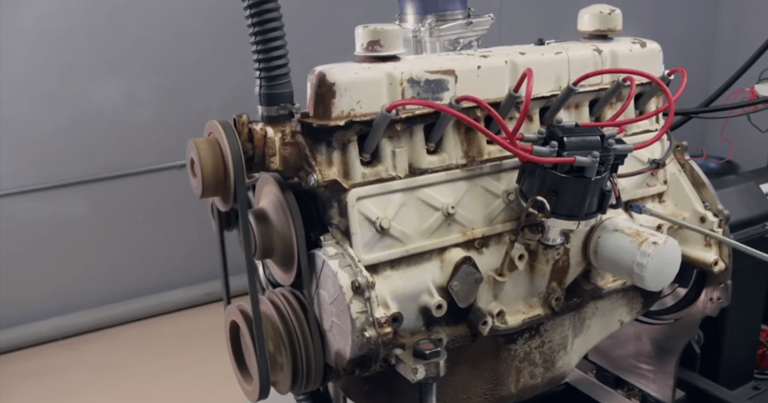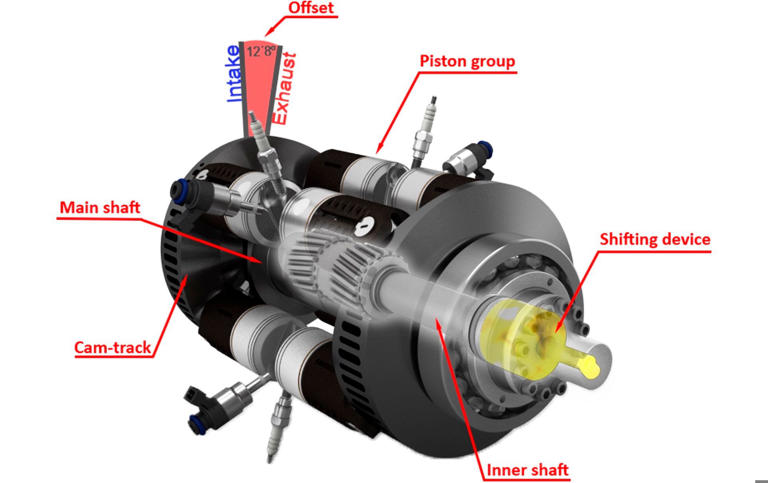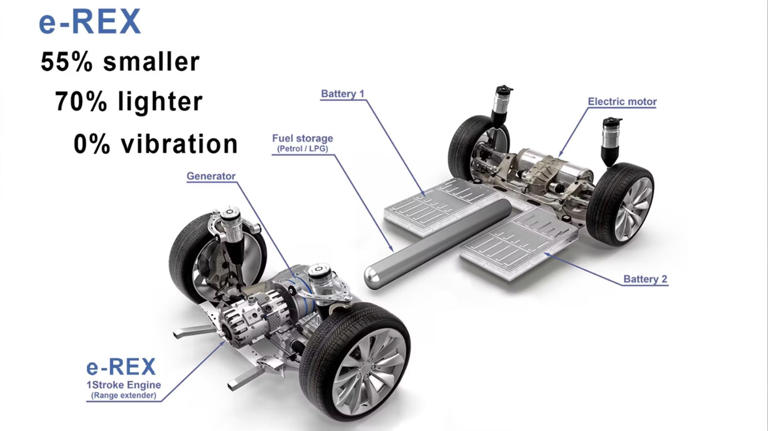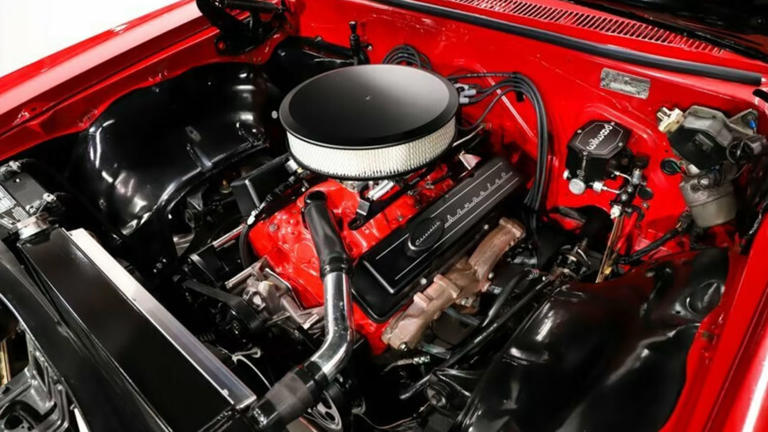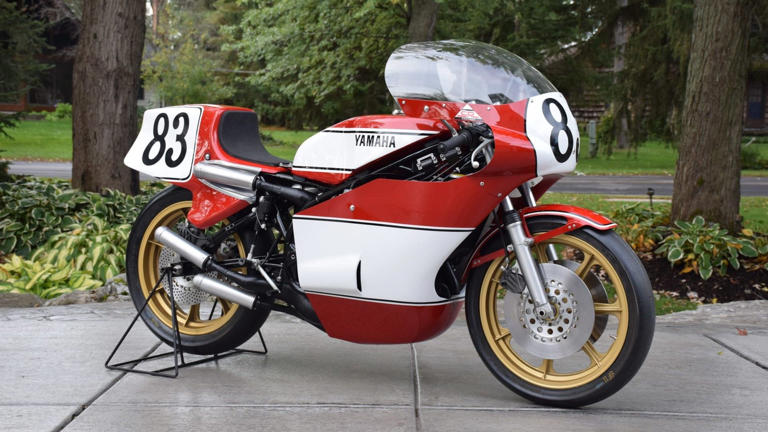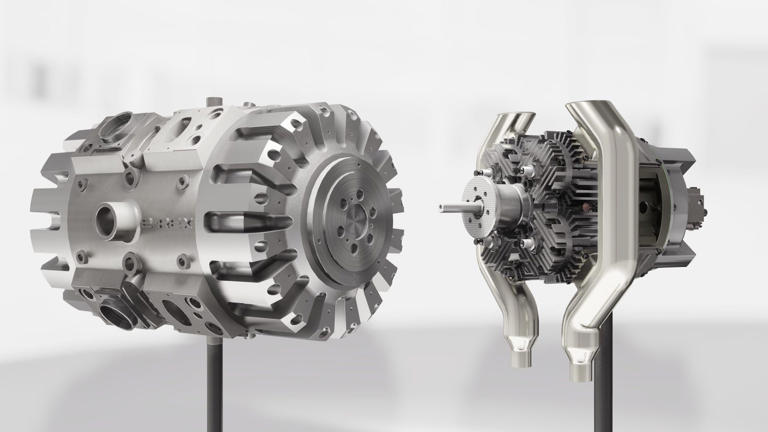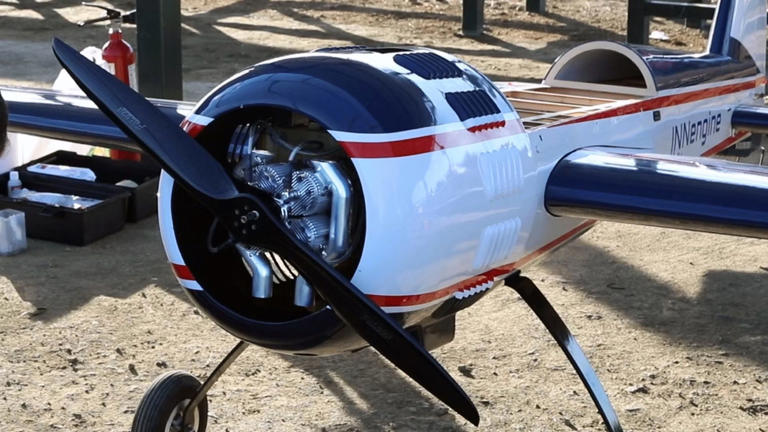Dennis Kariuki Njoki - HotCars
- INNengine has developed the e-REX one-stroke engine with high power density, light weight, and variable compression ratio for versatile fuel use.
- Despite being a two-stroke engine technically, the e-REX optimizes compression/combustion and exhaust/intake in half a revolution for efficiency.
- The e-REX engine exhibits qualities such as thermally efficient, smooth operation, multi-fuel compatibility, and compact size, with potential applications in various industries.
Since the invention of internal combustion engines, automakers have fitted their vehicles with three basic types of engines; two-stroke, four-stroke, and rotary engines. Although each differs from the other regarding fuel economy and power density, the general operation is very similar. The air-fuel mixture goes into the cylinder, gets ignited, and pushes the piston (or rotor), which in turn rotates the engine’s crankshaft, thus generating motion.
UPDATE: 2024/03/11 08:36 EST BY OLAKUNLE BALOGUN
This post has been updated with more information on the pros and cons of the INNengine one-stroke e-REX. Also, we introduced the e-REX's smaller variant, the REX-B, and discussed the two engines' technology readiness levels (TRL). We sourced all the data and information used in this article from INNengine's official website.
In the latest invention that could threaten the looming electric future, a Granada, Spain-based company, INNengine, has developed an opposed-piston engine that generates four times as much power as a 4-stroke and twice more than a 2-stroke engine. Not only does this “1-stroke” engine produce power on every stroke, but it also does away with conventional valves, camshafts, crankshafts, and even cylinder heads. That means it is small, extremely light – about 83 pounds – and easy to package in almost all applications.
120 horsepower from a 0.5-liter engine sounds too good to be true. So, what is this engine? What happens with a one-stroke engine? And what is the difference between a 1-stroke and a 2-stroke engine? Read on to find out.
These Are The 10 Sickest Two-Stroke Engines Ever Made
2-strokes aren't common these days, but they still offer some benefits over the 4-stroke units we're used to.
The INNengine e-REX “One-Stroke”: What Is It?
INNengine e-REX 1 Stroke Engine being displayed© Provided by HotCars
The INNengine e-REX is an opposed-piston engine with four pistons on either side to make a total of eight. Fixed rods hold together all pistons, and they share one combustion chamber. These rods press against plates that have an oscillating wave-like design, allowing the rods to press and release the pistons in a synchronized, smooth process.
Unlike a conventional diesel or gasoline engine, the e-REX boasts a variable compression ratio on demand, meaning its combustion chamber isn’t optimized for a particular fuel’s energy. Instead, it can work with many different ones, including Hydrogen. According to INNengine, the e-REX is 70% lighter and 55% smaller than any conventional 4-stroke engine, thanks to its design that eliminates camshaft, valves, crankshaft, and cylinder heads.
Is The INNengine e-REX Really A "1-Stroke?"
INNengine e-REX 1 Stroke Engine© Provided by HotCars
The name “one-stroke” is conspicuously in quotes throughout this article. Here is the thing: Despite its name, the e-REX is actually a two-stroke engine, in that the piston travels back and forth (two strokes) in its combustion process. However, since each piston executes two strokes (i.e., compression/combustion and exhaust/intake) in half an engine revolution, then by INNengine's logic, two strokes multiplied by half a revolution is what gives the “Patented 1Stroke."
According to the Spanish firm, the name “one stroke” was ideally chosen by an "external ICE institution" to distance the e-REX from the drawbacks that have always plagued two-stroke engines. The company found the name “catchy” and stuck with it. So, what is the difference between a 1-stroke and 2-stroke engine? The main difference is that, in a traditional two-stroke, oil mixes along with fuel for lubrication, and some of it gets burnt. That’s not the case with the e-REX. Lubrication and combustion take place separately, as they would in a conventional four-stroke engine.
Ford 300 Inline-6 Engine© Provided by HotCars
Related
This Is The Most Underrated Ford Engine Ever
This inline-6 engine from Ford often gets overshadowed by the louder, and larger, V8 motors but it definitely deserves a moment in the spotlight.
How The One-Stroke e-REX Engine Works
3-Variable-Compression-Ratio45© Provided by HotCars
e-REX INNengine Prototype Specs
Manufacturer | INNengine |
Displacement | 0.5-liter |
Dimensions | 19-inch-long, 11-inch-tall |
Power | 120 hp (claimed) |
Torque | 180 lb-ft (claimed) |
Fuel | Multi-fuel |
Noteworthy Applications | Tested in a Mazda MX-5 Miata |
As previously stated, the e-REX doesn’t have connecting rods. Instead, its pistons sit on rollers that push against a lobed circular plate. As the lobe peaks, the piston gets pushed towards the top-dead center, where the spark plug ignites the direct-injected air/fuel mixture. The combustion process pushes the piston against the plate, thus forcing it to rotate. This motion occurs in sync on each half of the engine, eliminating the need for timing components.
The intake and exhaust process happens as it would in a conventional two-stroke, whereby the exhaust port is just ahead of the intake port. During the exhaust process, a vacuum starts forming as the piston moves past the intake port, letting in fresh air for the next cycle. Direct-injected fuel and spark are also fed as they would in a conventional piston engine. As the pistons travel towards the bottom dead center, the respective intake and exhaust ports get uncovered. The pistons here are responsible for opening and closing the ports. The resulting reciprocating motion gets transferred to a large rotating camshaft attached at either engine's end.
Pros And Cons Of The INNengine 83-Pound One-Stroke Powerplant
INNengine e-REX 1 Stroke range extender© Provided by HotCars
Pros
- Thermally efficient
- Super smooth
- Multi-fuel ready
- No vibration
- Lighter
- Smaller
Cons
- No torque leverage
- Friction
- Complex roller bearings
The INNengine “one stroke” mill’s biggest advantage over a conventional 4-stroke is that it is 70% lighter, 55% smaller, and super smooth. According to INNengine, the engine has 0% vibration as the "moving parts do so reciprocally and in equilibrium at all times in all 3 planes, canceling out one another."
The engine also sends out power on either side without additional modification, which means the engine can power more than one axle. On top of that, the engine’s variable compression ratio makes it easily adaptable to various fuel types. Lastly, without the need for parts such as valves and cylinder heads, this engine is impressively power-dense and efficient.
For all its advantages, the e-REX “1-stroke” has some drawbacks. Even though INNengine has patented the e-REX and has a working prototype, the engine hasn’t been thoroughly tested to eliminate its potential weaknesses. For example, a crankshaft in a conventional engine multiplies the combustion force while turning it into rotational force in a way the e-REX’s swashplate can’t. This means its power and torque delivery is more like that of a rotary engine than a piston engine.
1967 Chevrolet Impala 350 CI V8 Engine© Provided by HotCars
Related
12 Bulletproof Engines For Tuners
Some of the best internal combustion engines to tune in creative ways to give your unexciting stock car a bit more oomph.
Applications Of The One-Stroke INNengine's Powerplant
Potential Applications
- Range-extender in Battery Electric Vehicles (BEVs)
- Use as APU in Aircraft
- Power yacht/boat hydraulic systems
- Power generator
- Powering light/medium aircraft/drones
Since the e-REX has all the advantages of a two-stroke engine but no disadvantages of the said engine, does INNengine intend to succeed where the two-stroke failed?
In the past, several mainstream automakers, such as Saab, Suzuki, Subaru, and some German manufacturers, have used the 2-stroke engine. However, due to increasing regulations on air pollution, production of 2-stroke cars ended in the '80s in Western countries, but it continued until the early '90s in the Eastern Bloc. Today, 2 stroke engines are mainly found in small propulsion applications such as off-road motorbikes, tuk-tuks, and other handheld equipment.
Unlike the traditional two-stroke, the e-REX aced its emission tests, making it a viable option today. Its advantages render it close to ideal for use as an EV range-extender, which could thereby help the industry minimize the often disappointing range claims on EVs. Such applications don’t require any form of forced induction, and its inherently compact size and smoothness are ideally suited to the almost-noiseless nature of an EV.
We've demonstrated how Mazda's rotary EV powertrain could impact the 2025 MX-5 Miata, and similarly, INNengine also recently showcased a working prototype of the e-REX engine on a Mazda MX-5 Miata. The company claimed the 500cc engine – which occupied about half the space a 1.8-liter engine would – made 120 horsepower. However, the test engine had a centrifugal supercharger, which boosted the power output.
Other applications listed on INNengine’s website include its use as an APU in bigger aircraft, powering light/medium aircraft/drones, generators, and use in the maritime industry.
1978 Yamaha TZ750 front third quarter view© Provided by HotCars
Related
Top 12 Two-Stroke Motorcycles Ever Built
They may be a dying breed, but two-stroke motorcycles will always have a special place in enthusiasts' hearts.
REX-B: A Simplified e-REX
e-REX and B-REX engines© Provided by HotCars
REX-B Founder's Edition Specification
Displacement | 125.7 cc |
Power Output | 22.7 hp |
Speed Range | 600 - 6000 rpm |
Weight | 4,590 grams |
INNengine apparently worked on one concept, but two patents. Hence, aside from the e-REX, the other engine the company currently works on is the REX-B. While the company has called the REX-B "a simplification of the e-REX," it has also claimed that the simplicity is only applicable in concept, and not in the quality of the engine, in comparison to the e-REX. The most important attributes considered in the design of the REX-B are cost, simplicity, power, and ultracompacity, and INNengine also focused on building the engine to aerospace industry's standards. Notably, the objective is to have REX-B replace two-stroke engines in the aerospace industry.
INNengine One-Stroke Engines' Technology Readiness Level
Also known as TRL, technology readiness level is a maturity estimation process that is deployed while at the technology readiness assessment (TRA) stage, during a program's acquisition phase. Often based on a scale of 1 to 9, with 9 as the most ready technology, TRLs scrutinize program concepts, technology stipulations, and the program's technological capabilities. At the first TRL stage, the basic principles of the program are observed and reported. At TRL5, which represents the middle stage, the program model or prototype is deployed and tested in a relevant environment, while at the last stage, the TRL9, an actual or "flight proven" system is deployed in an operational environment.
INNengine One-Stroke Engines | TRLs | Meaning |
|---|---|---|
e-REX | TRL6 | Technology has been demonstrated in environments |
REX-B | TRL8 | System complete and "flight qualified," awaiting deployment |
Is It Possible To Have A 1-Stroke Engine?
INNengine-e-REX-1-Stroke-In-a-small-aircraft© Provided by HotCars
While the e-REX “one-stroke” engine is an exciting innovation, a few questions about its potential in today’s market remain unanswered. According to INNengine, the Spanish firm is "currently working with the CMT of the University of Valencia to develop the e-REX to satisfy EU7 European emissions standards when they are implemented in 2025." They are also looking to make the e-REX the ultimate green (zero emissions) hydrogen engine.
4 Stroke engine vs 2 Stroke vs 1 Stroke© Provided by HotCars
So, are we likely to see this “one-stroke” engine in a gas-propelled car? Probably not. Considering the car industry is heading towards full electrification, the company seems to be targeting the EV market, where the engine will act as a range extender.
Source: INNengine, Department of Energy


